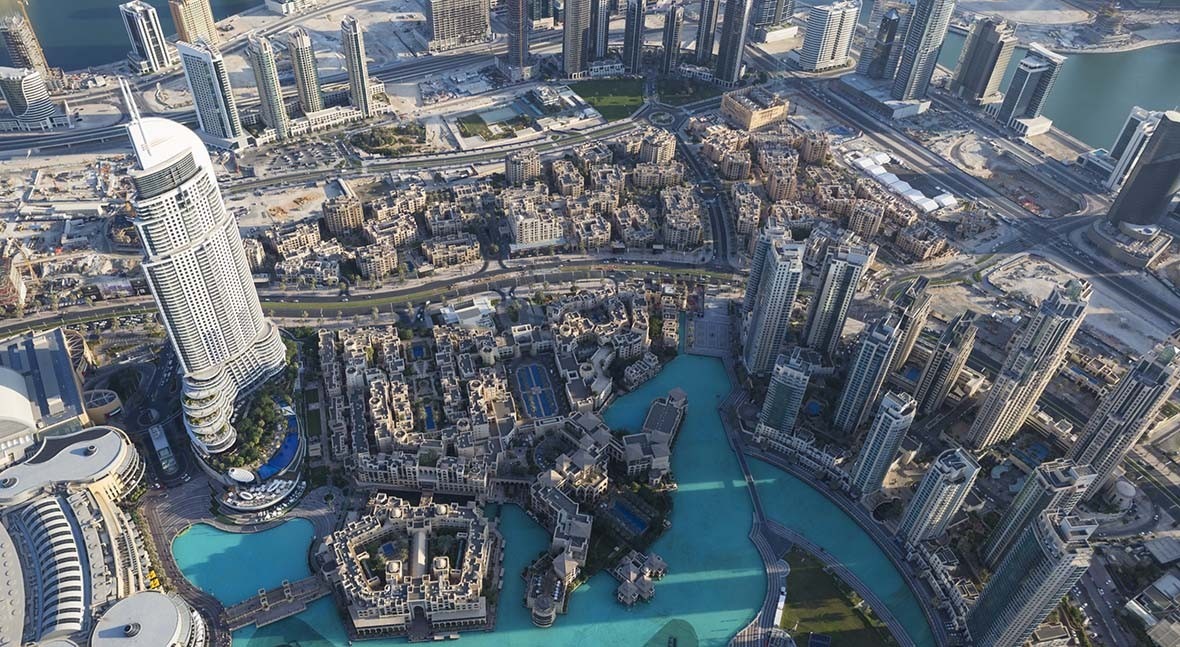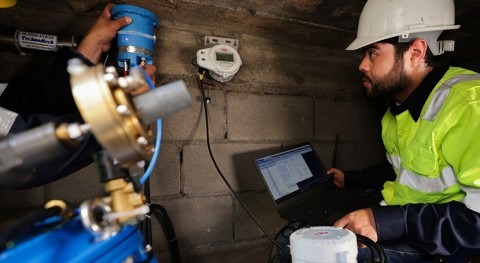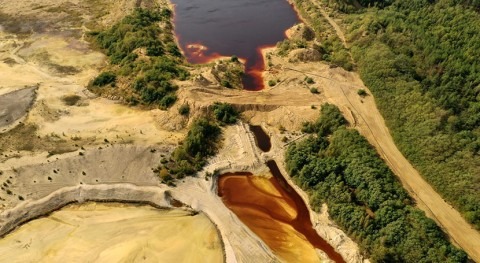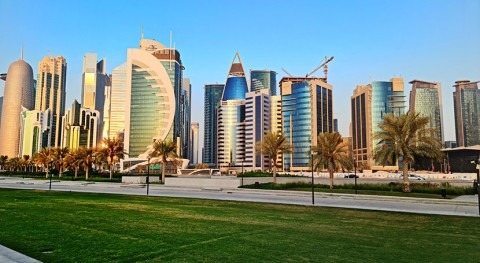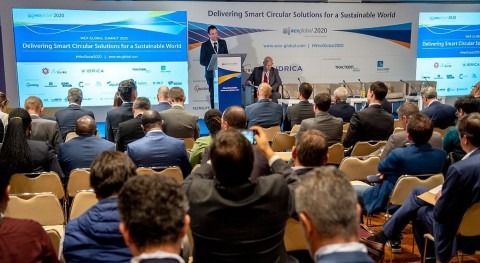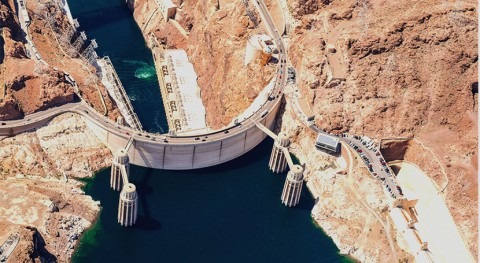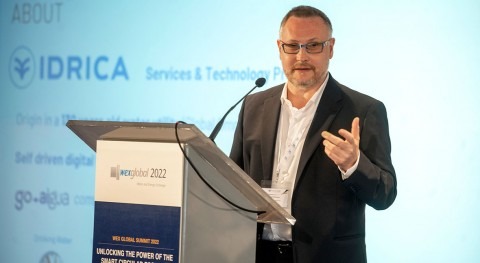There are major challenges ahead for the water sector in the Middle East. These include climate change, migratory movements, water scarcity and overexploitation of aquifers.
According to Ian Rodgers, a Solutions Architect at Xylem Inc, utilities "must be more operationally aware of how their assets are performing. They should be able to pinpoint where they are both running at their best, i.e., faster and more efficiently and thus assets that working sub-optimally and need operational improvement. This is something that can be achieved through digital transformation." Along the same lines, Christian Perez, the Manager of Idrica Qatar, pointed out that digital transformation "helps improve water cycle management and customer service, and reduces costs, among other benefits".
Therefore, digital transformation in the Middle East has emerged as a key factor at a time of severe water issues in the region.
One of these challenges is linked to demographics and migratory movements. Eleven of the 17 countries facing extreme water scarcity risks are in the Middle East and North Africa (UNICEF). In addition, the population of the Gulf Cooperation Council countries, i.e., Saudi Arabia, Kuwait, United Arab Emirates, Qatar, Bahrain and Oman, is expected to increase by 14 million from now to 2050.
As a result, average water demand in the GCC region is estimated to rise to 33.7 million cubic meters over the next 25 years. However, the future storage capacity forecast is only 25.8 million cubic meters. Therefore, technical capacity is another major challenge to be addressed if demand is to be efficiently met. However, both of Christian and Ian, experts the water utility space stated that Xylem Vue powered by GoAigua, the platform that emerged from the partnership between Idrica and Xylem, pointed out that this technical capacity must be accompanied by investments which are currently insufficient.
Moreover, all the utility experts have confirmed that the Middle East will be a hotspot for climate change, as it is warming twice as fast as the global average. This will lead to an increase in extreme events. It should be noted that the region has an arid and/or semi-arid climate and 43% is desert. The increase in temperatures will also heighten the probability of extreme rainfall, which, in turn, will lead to flooding.
Similarly, the scarcity of rainwater and the lack of capacity to store it means that aquifers are being overexploited to supply agricultural needs, which account for 85% of the water consumed in the Middle East and North Africa, according to the World Bank.
Furthermore, unequal digital transformation and an inefficient distribution system mean almost half of the water is not available, due to leaks, among other reasons.
4 opportunities of digital transformation
Against this background, the digital transformation of water utilities has become imperative to improve water management efficiency, sustainability and reduce greenhouse gas emissions.
Some examples of the opportunities afforded by digital transformation in a region like the Middle East are outlined below:
- Given the scarcity of water, the digital transformation of water utilities brings innovative solutions for resource monitoring and smart management, leading to a better understanding of consumption patterns, early leak detection, and water distribution optimization. According to Christian Pérez, improved water management "depends on a combination of software and analytics, as well as strategic visualization, analysis and optimized data flows."
- Managing big data is another key aspect of digital transformation in Middle East utilities. The collection of mass data from different sources, such as sensors, meters and geographic information systems (GIS), provides a holistic view of the water situation in the region. In Ian Rodgers' view, this is one of the main challenges facing water utilities, and having the right data architecture is key to this digital transformation. Rodgers reported that , "these water utilities generate significant volumes of data, but they are often siloed. This means that data is often not shared across different company departments, and this can hinder their ability to operate efficiently."
- Technologies such as machine learning, artificial intelligence and IoT can be used to improve the hydraulic efficiency of irrigation networks in an area where there is already a high risk of water scarcity, as mentioned above. Irrigation can be optimized to supply the right amount of water at the right time through the use of soil moisture and weather sensors, and thanks to the subsequent integration of data models. Assets can also be remotely controlled, and alarms can be set up to warn of possible leaks or problems in the network. This brings the added benefit of more water being available to a wider area and / or more customers, thus reducing the need for the production of additional water.
- Cybersecurity is another critical aspect in the digital transformation of water utilities in the Middle East. Cyber threats are increasing in lockstep with increased connectivity and the use of more and more smart devices. Protecting water utilities' systems and data becomes critical to prevent potential attacks and ensure continuity in the water supply. The implementation of robust security measures, such as encryption systems, user authentication and constant network monitoring, is essential to safeguard water infrastructure and its related data.
Therefore, as the World Bank has stated, investing in water is a profitable affair. It is an investment that focuses on people, education, infrastructure, and water recycling. However, the most important thing is to invest in the digital transformation of water utilities as a tool to tackle the challenges that lie ahead in two of the world's most at-risk regions, the Middle East and North Africa.
Xylem Vue powered by GoAigua, is the digitally enables solution that will help utilities and asset operators to drive improved operational performance, reduce chemical and power consumption through making "informed engineering decisions”


